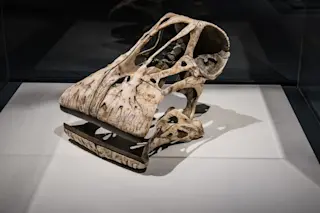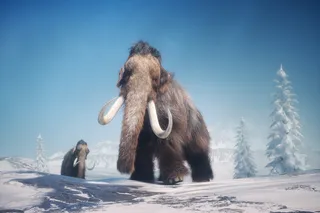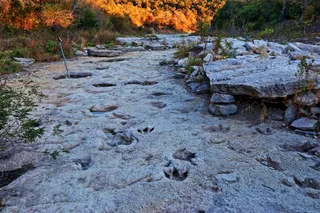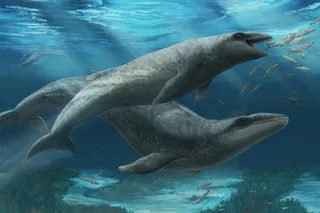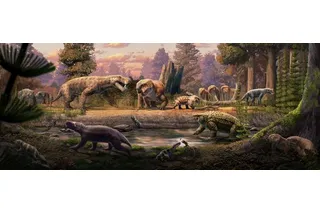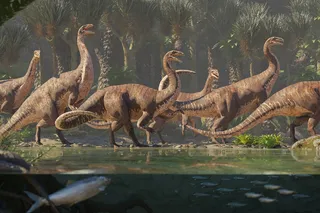In 1997, when paleontologist Paul Sereno first began to unearth the remains of a dinosaur in Niger's Sahara Desert, he didn’t know what to think. He was excavating bones in a dry region called Gadoufaoua, which had a rich fossil bed first discovered by French uranium miners. There were a lot of light, aerated bones — usually associated with theropods, like Tyrannosaurus rex, and the birds that evolved from them — so the researchers assumed that was what they were dealing with.
As Sereno began to piece together the fossils, he realized it must be a sauropod, or long-necked dinosaur. Most of the bones appeared fairly typical for long-necked dinosaurs —except for its bizarrely-shaped head. Eventually, back in the lab, Sereno had to ask for a second opinion from colleagues who worked on fossil fish and other reptiles before he figured it out.
There are a lot of strange-looking dinosaurs ...



